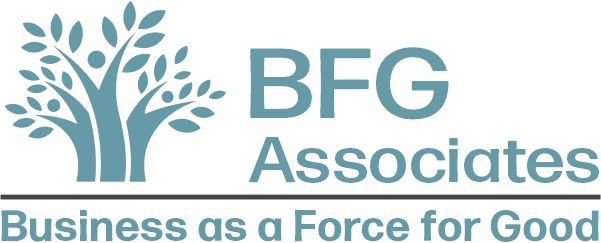Business as a force for good
Passing on a Legacy

When you’re considering selling your business, there are several options available. We decided to sell to employees, here’s our story.
The Rooflight Company was formed after my husband Peter King, an architect, couldn’t find the product he needed for his clients. They wanted to convert their attics, but strict planning conditions applied, and the only option for light and ventilation was a cast-iron rooflight based on a Victorian design. Peter decided to design and produce a new product based on the appearance of the Victorian unit to meet modern standards, and the Conservation Rooflight® was born.
Demand for the new product was high from the outset, and the business grew quickly, and in 1996 I took over as Managing Director from the corporate world when Peter decided to go back to architecture.
Sustainable Growth
Over the past 30 years many have specified the Conservation Rooflight® in standard and bespoke forms for both residential projects and landmark buildings like Somerset House and the Natural History Museum. We knew, however, that we could not rely on one product so continually innovated new product ranges and made improvements to our existing products.
Fast-track to 2020 and the Rooflight Company now has 70 people, 6 different product ranges and a bespoke design service. We have had a knack for innovation by spotting a gap in the market and developing new products to meet a need. As Managing Director I maintain that long-term sustainable profitability is key to a healthy business; neither rapid sales growth nor gaining market share at all costs has played a role in our strategy. Instead we have kept our eye on sustainable sales growth, zero debt and building cash reserves.
Options for selling the business
Like all business owners Peter and I came to the point in 2016 when we had to consider our exit plan. Our question was how to ensure our values-led and innovation-based culture endured. We considered the following options:
1. Passing on to Family – Neither our daughter nor our son were interested in coming into the business. So that wasn’t an option.
2. Management Buyout (MBO) – Anecdotally I have heard of many examples of management buy-outs that did not end well, both for the business and for employees. The owners got their money, but the business that had been built up over many years disappeared. This was due to the financial pressure exerted by the private equity lenders seeking a quick return on their investment, resulting in short-term decision making and inordinate pressure on the Directors.
3. Trade Sale – During the time we were considering our options, we were approached by a large competitor pursuing acquisition. From their point of view, we were a good strategic fit and they seemed like decent people. However, when considering the consequences of a trade sale we had to face the fact that there was a high risk that it would result in the majority of our people losing their jobs and an end to the values-led and innovation-based culture. In addition, the prospect of complex earn-outs was not attractive.
4. Employee-ownership – It became increasingly clear that legacy was a key driver in our exit planning. Employee ownership was the only model that allowed us to leave a meaningful legacy while providing some income for the next phase of our lives.
Guiding Principles
Having decided that leaving a legacy was important to both of us, we had to articulate what that legacy was. We decided on 3 Guiding Principles. The purpose of the 3 Guiding Principles is to guide Company Directors, Trustees, Co-owners and the representative body in their decision making and activities. 1.Values-led Culture – The 4 Values of Integrity, Care, Empowered and Unity are in place to guide all co-owners and stakeholders in their interactions with each other, customers and suppliers. 2. Innovation – This sometimes involves taking calculated risks, but as long as they do not contravene the other Guiding Principles, everyone is encouraged to seek new and improved products and processes. 3.Long-term Sustainability – All decisions should be taken to improve the company’s long-term financial security to achieve the highest standards of environmental responsibility.
